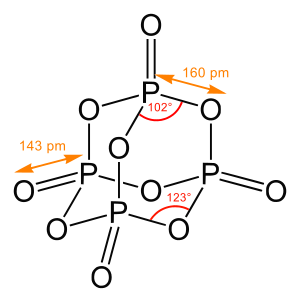
Back بنية كيميائية Arabic قلدة كيماوية ARY Химичен строеж Bulgarian Estructura química Catalan پێکھاتەی کیمیایی CKB Структурăлла хими CV Chemische Struktur German Estructura química Spanish Keemiline struktuur Estonian ساختار شیمیایی Persian

A chemical structure of a molecule is a spatial arrangement of its atoms and their chemical bonds. Its determination includes a chemist's specifying the molecular geometry and, when feasible and necessary, the electronic structure of the target molecule or other solid. Molecular geometry refers to the spatial arrangement of atoms in a molecule and the chemical bonds that hold the atoms together and can be represented using structural formulae and by molecular models;[1] complete electronic structure descriptions include specifying the occupation of a molecule's molecular orbitals.[2][3] Structure determination can be applied to a range of targets from very simple molecules (e.g., diatomic oxygen or nitrogen) to very complex ones (e.g., such as protein or DNA).
- ^ Haaland, Arne (2008). Molecules and Models: The Molecular Structures of Main Group Element Compounds. Oxford: Oxford University Press. ISBN 978-0-19-923535-3. OCLC 173809048.
- ^ Weinhold, Frank; Landis, Clark R. (2005). Valency and Bonding: A Natural Bond Orbital Donor-Acceptor Perspective. Cambridge, UK: Cambridge University Press. ISBN 0-521-83128-8. OCLC 59712377.
- ^ Gillespie, Ronald J.; Popelier, Paul L. A. (2001). Chemical Bonding and Molecular Geometry: From Lewis to Electron Densities. New York: Oxford University Press. ISBN 0-19-510495-1. OCLC 43552798.